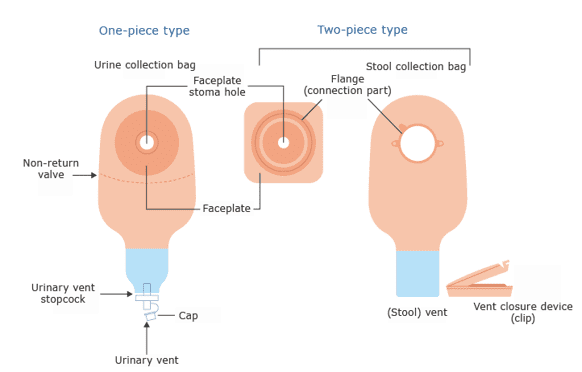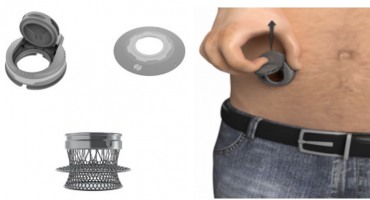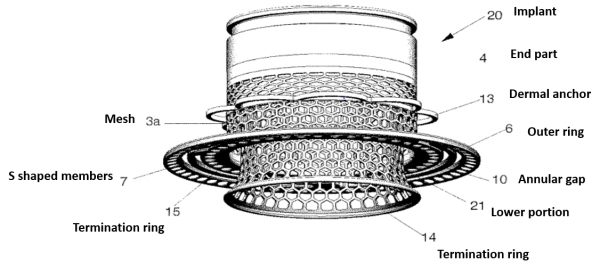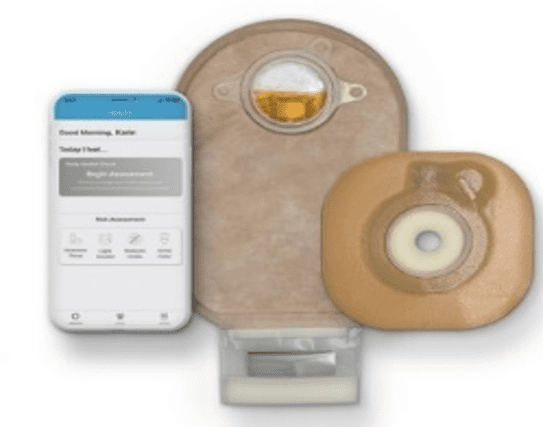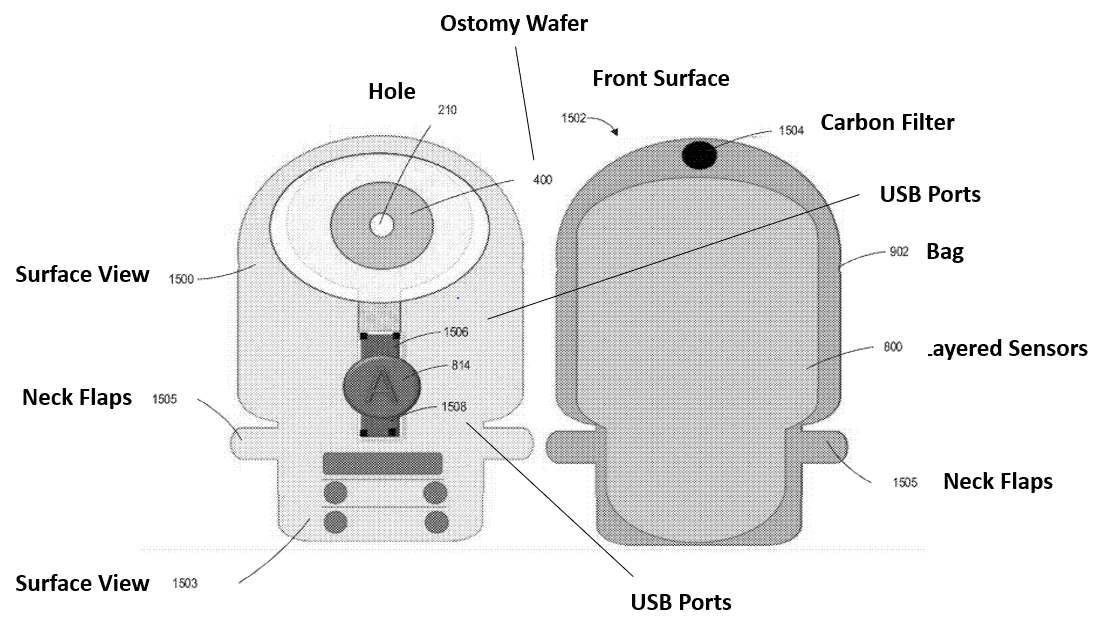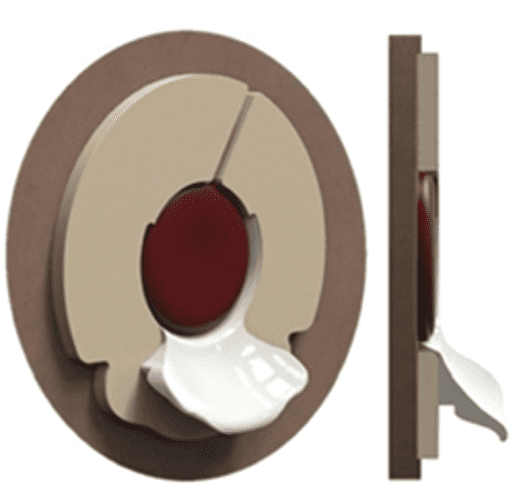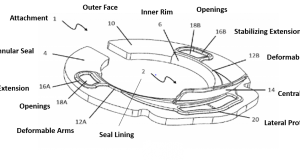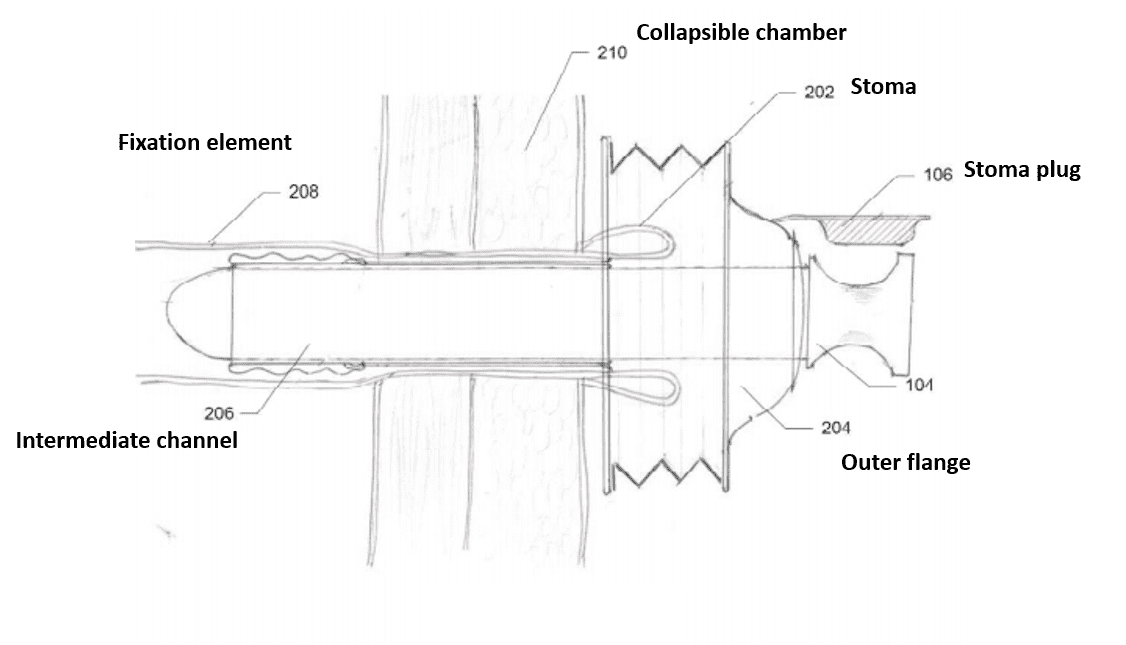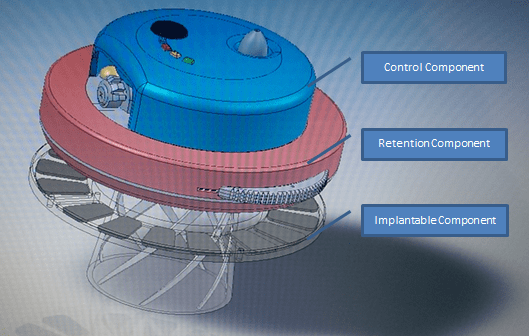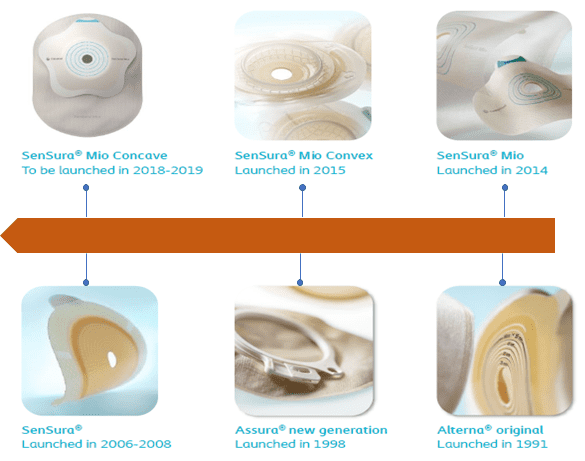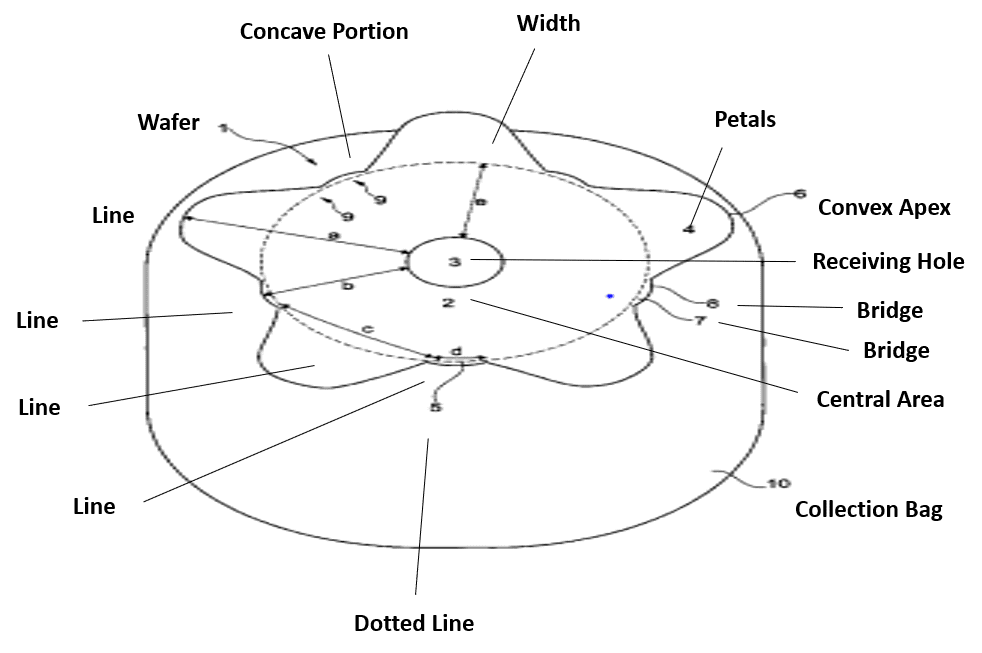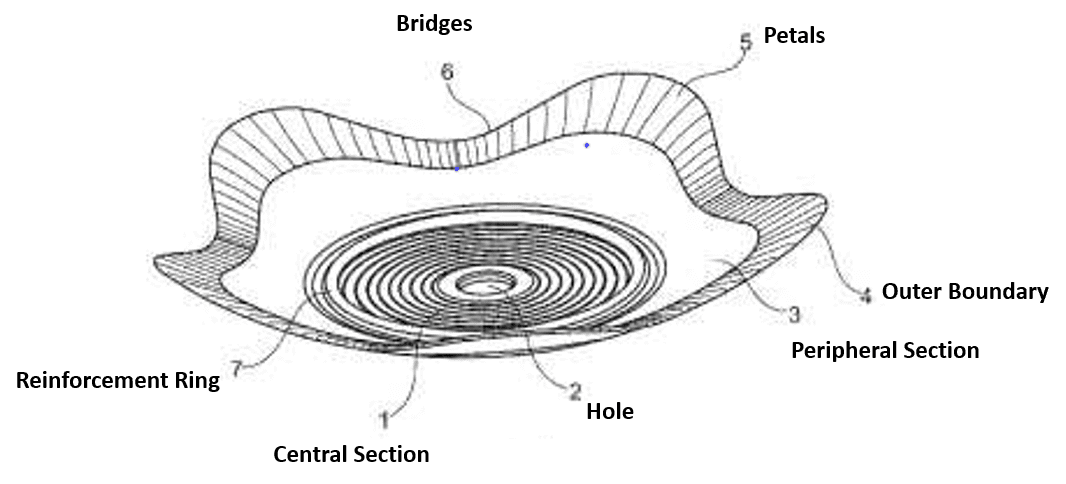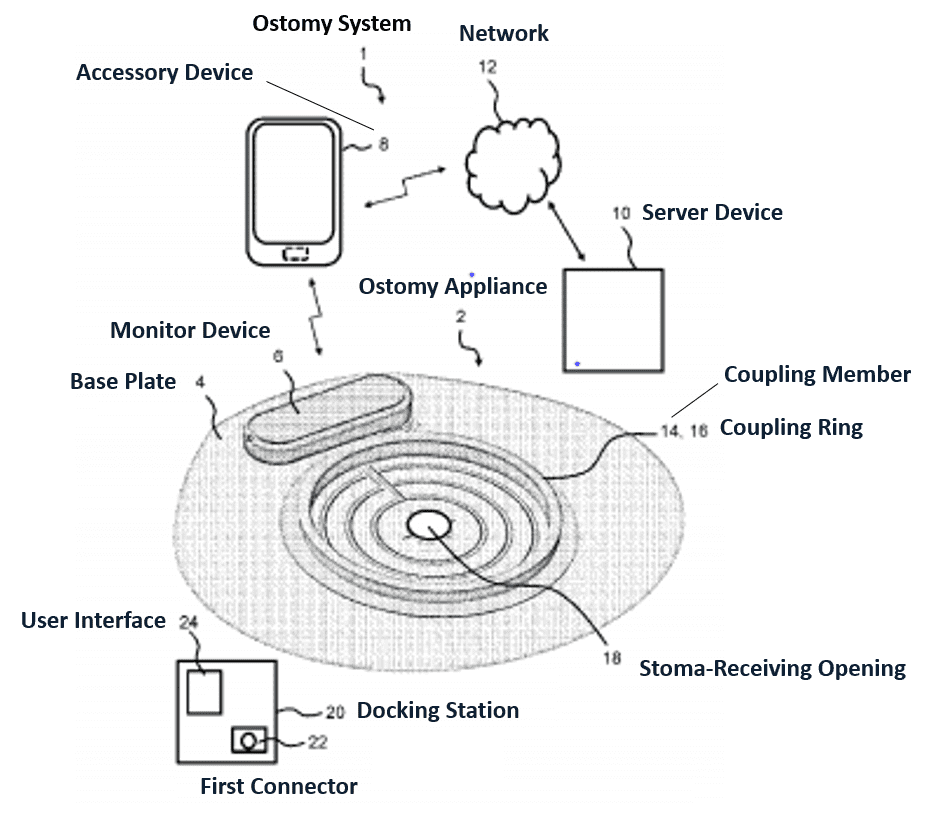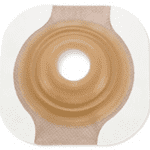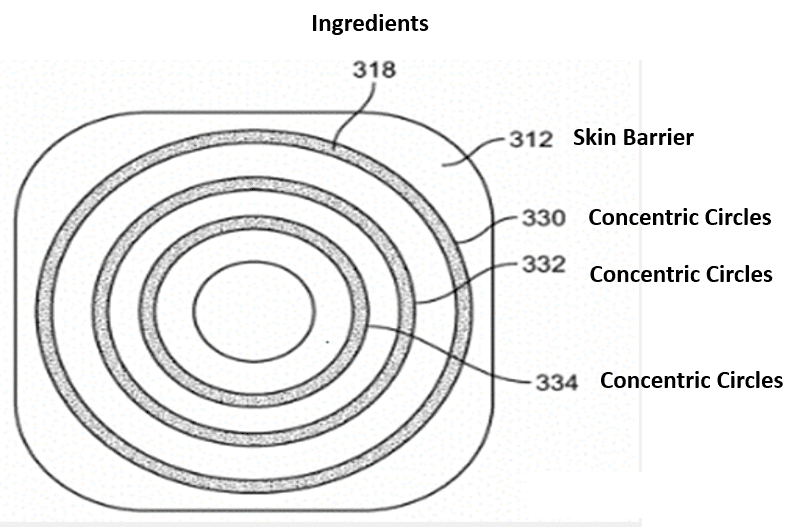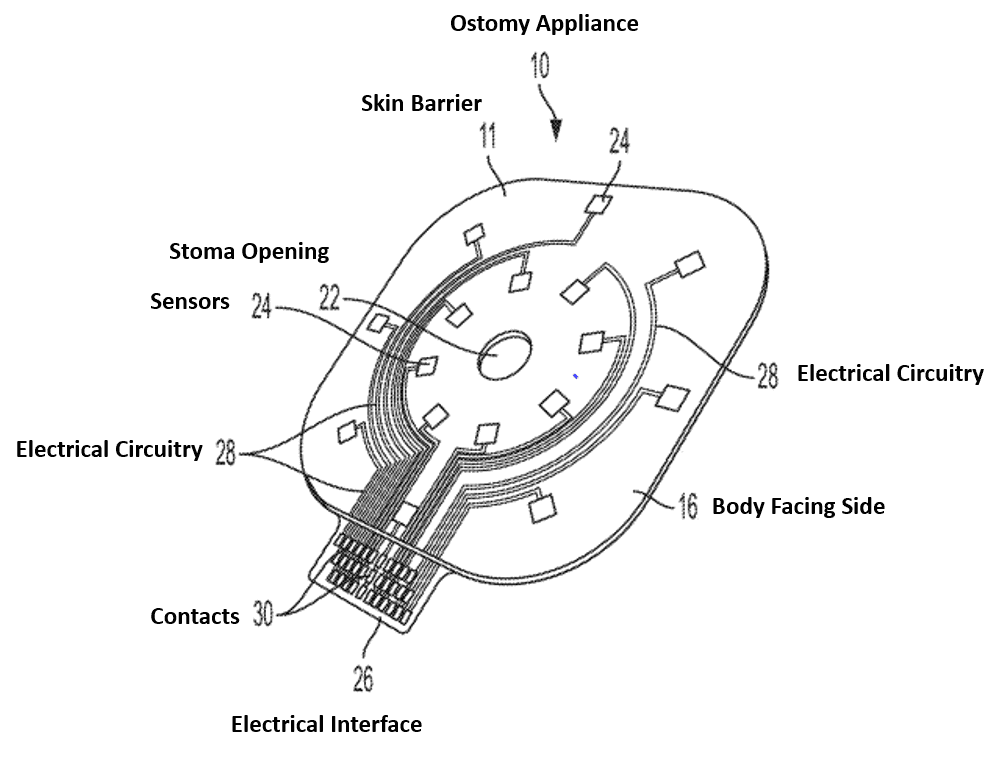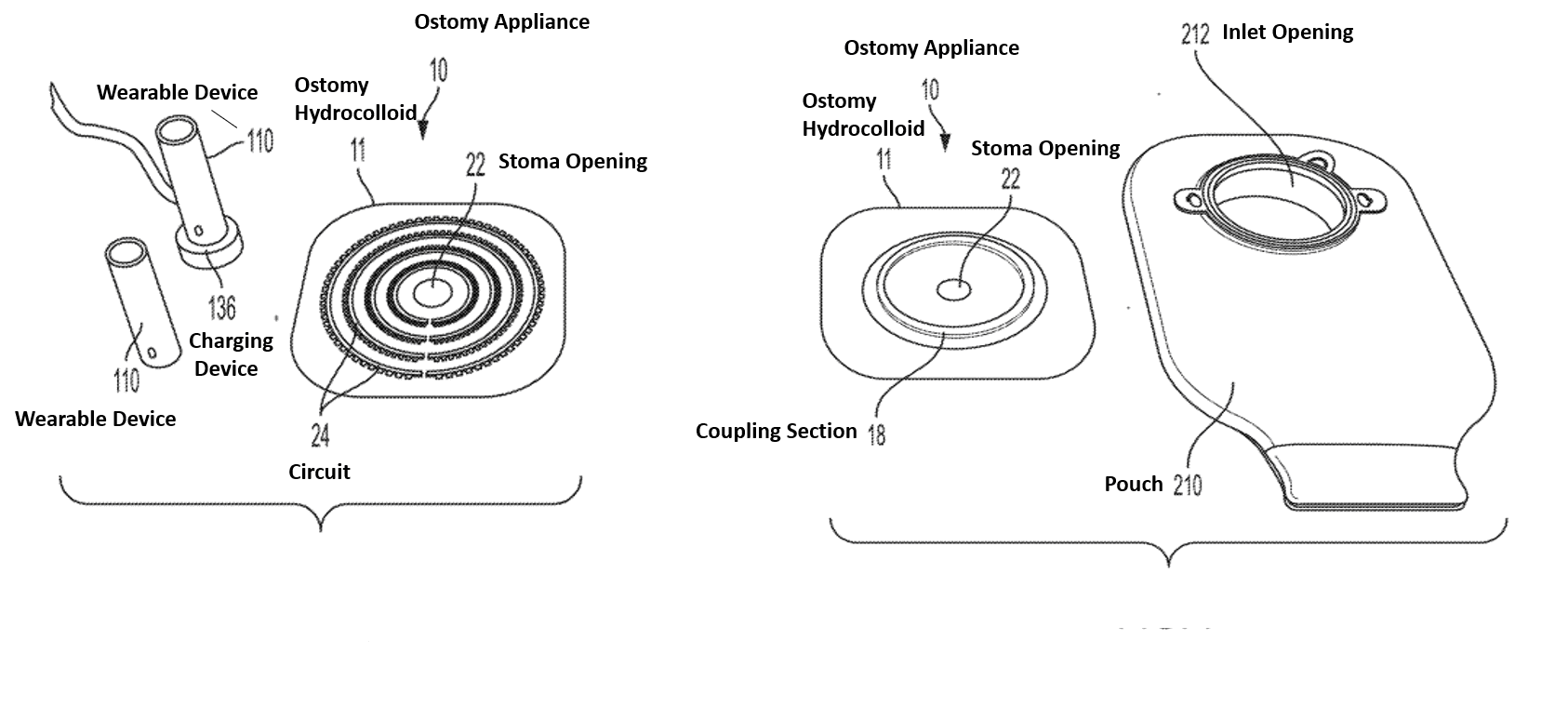Introduction
Ostomy, temporary or permanent, generally results from a surgery due to cancer, such as bowel cancer or bladder cancer, or from inflammatory bowel disease (IBD). It may also result from surgery performed on patients with birth defects such as Hirschsprung disease, or to address problems resulting from an imperforate anus, which causes a change in the way urine or stool exits the body. These may result in bodily wastes being rerouted from the usual path. The bodily wastes such as faecal matter, urine and mucus are diverted through a surgically created opening called a stoma into an external prosthetic device known as Ostomy pouch or Ostomy bag, which is connected outside the body.
The most common types of ostomies are:
- Colostomy: A portion of the colon or the rectum is removed and the remaining colon is brought to the abdominal wall and connected to the stoma/opening to help pass the faecal matter to the external pouch.
- Ileostomy: A stoma is created using the small intestine so that waste can bypass the colon and rectum.
- Urostomy: A stoma is created by surgically removing a section at the end of the small bowel (ileum) or at the beginning of the large intestine (cecum), and is relocated as a passageway for urine to pass from the kidneys to the outside of the body.
Ostomy pouching system:
The ostomy pouching system can be a one-piece or a two-piece flexible system consisting of a bag and a flange (skin barrier) that sits against the patient’s skin. The flange may be flat or convex. The one-piece system combines both the barrier and pouch into one convenient unit; during a replacement, the whole system has to be removed. The two-piece system is made up of a barrier and a pouch separately. The two pieces are connected together with a coupling ring, and during a replacement, the existing bag is removed and a new one is fixed while the flange/barrier remains in place.

